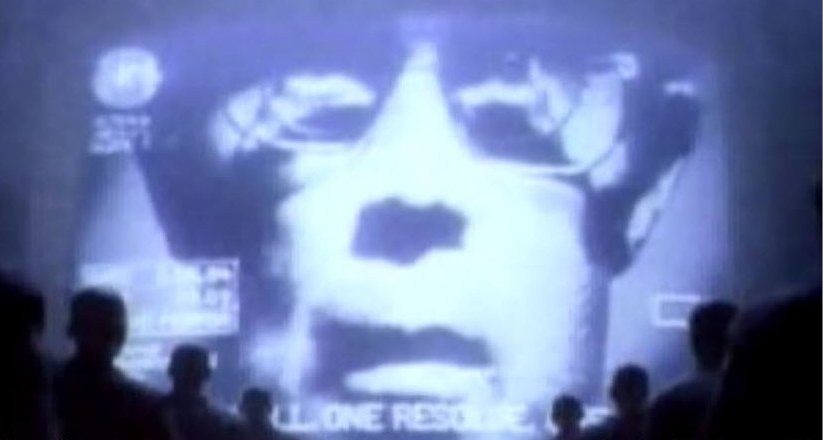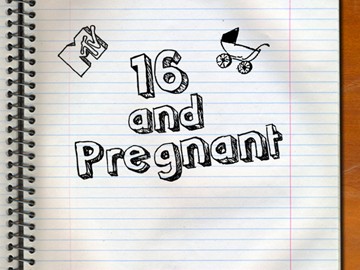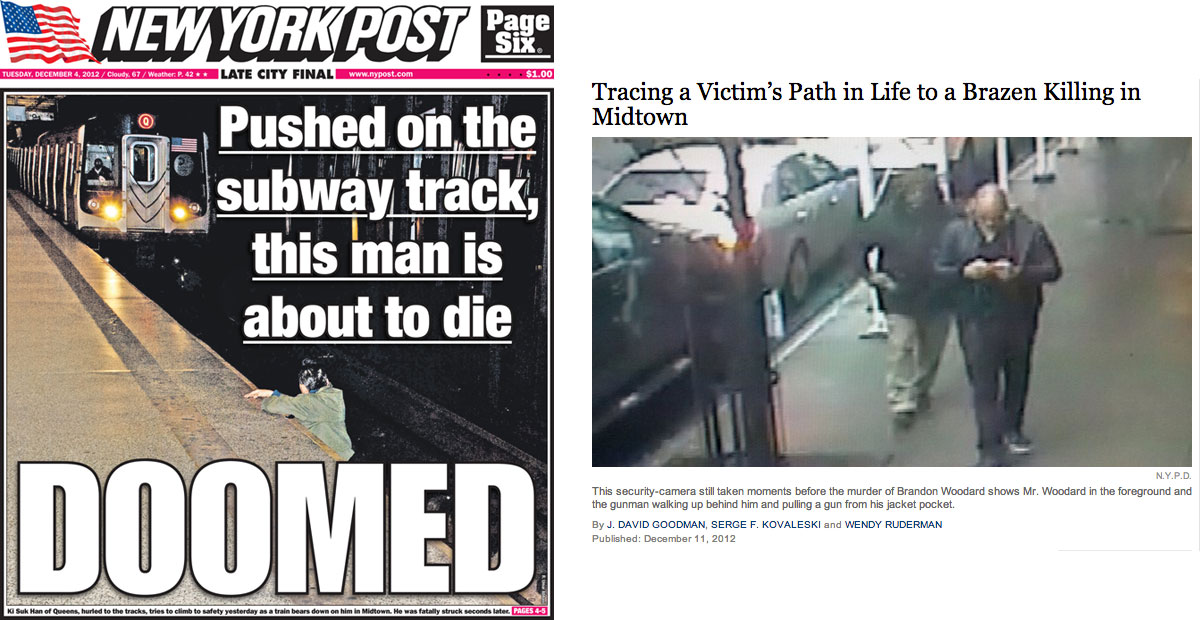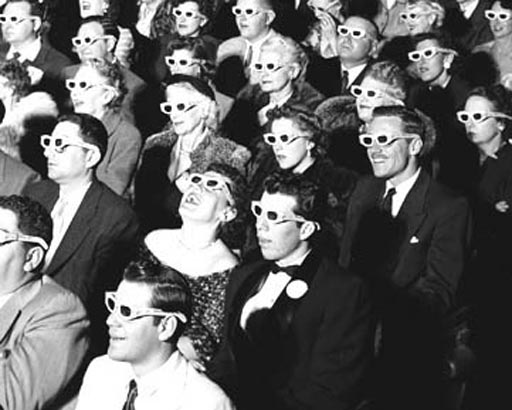 You may have heard by now that Facebook cooperated with researchers from two universities to study emotional contagion. The question that they wanted to answer was, does the emotional tone of others’ posts on your Facebook wall affect the tone of your posts? To find the answer they conducted an experiment…on nearly 700,000 Facebook users. The methodology was fairly straightforward; they began by using software to analyze posts in order to categorize them as either negative or positive. Then, they manipulated which posts were more likely to show up on the wall of certain Facebook users. By analyzing those users’ posts they were able to determine if they became more positive or negative as a result. Sounds like an interesting experiment for those of us interested in social science and the effect that mediated interactions may have on our personal disposition or behavior.
You may have heard by now that Facebook cooperated with researchers from two universities to study emotional contagion. The question that they wanted to answer was, does the emotional tone of others’ posts on your Facebook wall affect the tone of your posts? To find the answer they conducted an experiment…on nearly 700,000 Facebook users. The methodology was fairly straightforward; they began by using software to analyze posts in order to categorize them as either negative or positive. Then, they manipulated which posts were more likely to show up on the wall of certain Facebook users. By analyzing those users’ posts they were able to determine if they became more positive or negative as a result. Sounds like an interesting experiment for those of us interested in social science and the effect that mediated interactions may have on our personal disposition or behavior.
Here’s an excerpt from the abstract:
Emotional states can be transferred to others via emotional contagion, leading people to experience the same emotions without their awareness. [snip] In an experiment with people who use Facebook, we test whether emotional contagion occurs outside of in-person interaction between individuals by reducing the amount of emotional content in the News Feed. When positive expressions were reduced, people produced fewer positive posts and more negative posts; when negative expressions were reduced, the opposite pattern occurred. These results indicate that emotions expressed by others on Facebook influence our own emotions, constituting experimental evidence for massive-scale contagion via social networks.
Unfortunately for Facebook, this little experiment (conducted in 2012 and published last month) will likely become a PR case study of what NOT to do to your social media subscribers. The issue here is one of “informed consent.” In a nutshell that means that human participants in any study must be given sufficient information about the potential risk/harm/benefits of a study before being asked to give their consent to participate. Only after giving consent are human participants subjected to the experimental procedures. In this case the researchers said that Facebook users had already given consent for their data to be used by Facebook in a variety of ways–including research. Facebook’s TOS (Terms of Service) do make reference to using users’ data for research purposes, but according to some sources that clause was added AFTER the experiment was conducted.
While all the negative attention is certainly a problem for Facebook, it is noteworthy that this little scandal has drawn attention to a much larger issue with much more sinister implications. Social media users need to be aware that their data are being used for a variety of purposes…the most obvious being marketing, advertising, and research. Personal privacy is but a mirage and signing up for any of these services constitutes selling oneself on the open market. I hate to be too pessimistic, but short of complete disconnection any hope of control of one’s digital destiny is mere wishful thinking.
You can read the study at http://www.pnas.org/content/111/24/8788.full





 The latest in the Dark Knight series is struggling to bounce back from the tragic shooting in Aurora that appears to be having a greater impact on attendance than initially projected. It may appear callous to be talking about box office receipts and financial success when so many lives were lost and others were changed forever. But that is the nature of the business of big media. The studio, Warner Brothers, took steps to try to appear sensitive to the tragic shooting. They delayed reports of box office receipts that first weekend and cancelled premiere events in Paris, Mexico City and Tokyo. According to the WSJ, a spokesperson for the studio said, “We just felt it would be disrespectful and not the right thing to do to go forward.” Warner Bros also pulled trailers for Gangster Squad from theaters because of a scene that includes shooting up a movie theater. Meanwhile, security has been beefed-up and theater chains are implementing new rules about patrons showing up in outfits and masks.
The latest in the Dark Knight series is struggling to bounce back from the tragic shooting in Aurora that appears to be having a greater impact on attendance than initially projected. It may appear callous to be talking about box office receipts and financial success when so many lives were lost and others were changed forever. But that is the nature of the business of big media. The studio, Warner Brothers, took steps to try to appear sensitive to the tragic shooting. They delayed reports of box office receipts that first weekend and cancelled premiere events in Paris, Mexico City and Tokyo. According to the WSJ, a spokesperson for the studio said, “We just felt it would be disrespectful and not the right thing to do to go forward.” Warner Bros also pulled trailers for Gangster Squad from theaters because of a scene that includes shooting up a movie theater. Meanwhile, security has been beefed-up and theater chains are implementing new rules about patrons showing up in outfits and masks.